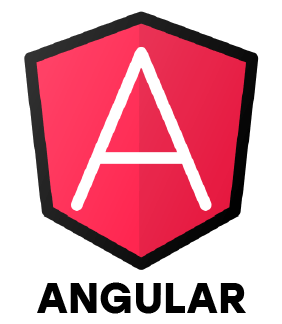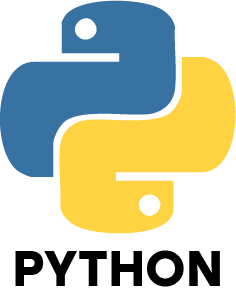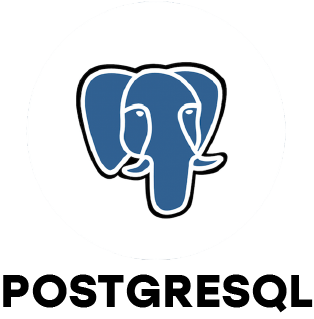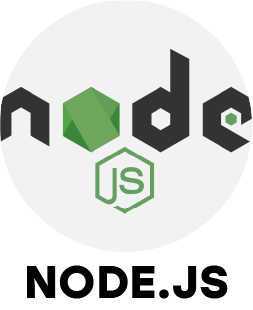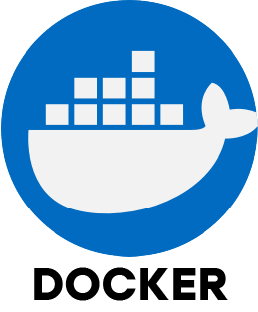1. What is a Full Stack Developer?
Ans:
A Full Stack Developer is a professional possesses expertise in both frontend and backend technologies. They can create full featured web applications including database management, server side logic and user interface ensuring seamless integration from start to finish.
2. Key Technologies a Full Stack Developer Should Know
Ans:
To become a skilled Full Stack Developer, one must be proficient in multiple technologies. On the frontend, knowledge of HTML, CSS and JavaScript frameworks such as React, Angular and Vue is essential For backend development, tools like Node.js, Express, Python, Java and PHP are commonly used. Additionally, databases such as MongoDB, MySQL and PostgreSQL are vital for efficient data management.
3. What are the Common HTTP Methods Used in Web Development?
Ans:
HTTP methods define requests are made between clients and servers in web applications POST transmits data while GET obtains it from a server new data, PUT updates existing information, DELETE removes data and PATCH applies partial updates. These methods ensure structured communication and proper data handling in web applications.
4. What role of Middleware in Web Applications?
Ans:
Middleware acts as an intermediary layer between user requests and the servers final response It performs functions like logging, authentication, error handling and parsing request bodies before it reach route handlers. Middleware improves modularity, maintainability and overall efficiency of web applications.
5. What is Model-View-Controller (MVC) Architecture?
Ans:
An application is divided into three parts by the MVC design main components Model, View and Controller. The Model handles data and business logic, the View manages display and user interface and the Controller processes user input while updating the Model and View This separation enhances organization and scalability of applications.
6. Managing State in a React Application
Ans:
State management ensures synchronization between the UI and underlying data in React applications Local state can be handled using React hooks like useState and useReducer while global state management is often implemented using libraries like Redux or the Context API. Effective state management ensures smooth and responsive user interfaces.
7. What Purpose of npm or Yarn Package Managers?
Ans:
Yarn and npm are crucial package managers tools in JavaScript development for managing project dependencies It simplify installing, updating and removing packages while enabling developers to automate tasks through scripts defined in a JSON configuration file. They also handle version control, ensuring consistent development environments.
8. How to Implementing Authentication in a Web Application?
Ans:
Authentication verifies user identity to secure sensitive resources. On the frontend, login forms and token storage mechanisms like JWT or local storage are used On the backend, passwords are securely hashed and authentication tokens or session cookies are issued Middleware validates tokens and restricts access to protected routes, while tools like Passport, Firebase Auth and Auth0 streamline the process.
9. Concept of Responsive Design
Ans:
Responsive design ensures websites look and function effectively on a range of screens and devices. By using relative units, media queries and flexible grid layouts instead of fixed pixels, responsive design enhances usability and user experience on desktops, tablets and smartphones.
10. What is CORS & How to Handle It?
Ans:
Cross-Origin Resource Sharing (CORS) is a browser security feature restricts access to resources from different origins It prevents unauthorized domains from communicating with secure APIs Developers handle CORS by setting appropriate server headers such as Access-Control-Allow-Origin and may use proxy servers or middleware like Express’s CORS module to manage restrictions during development.


